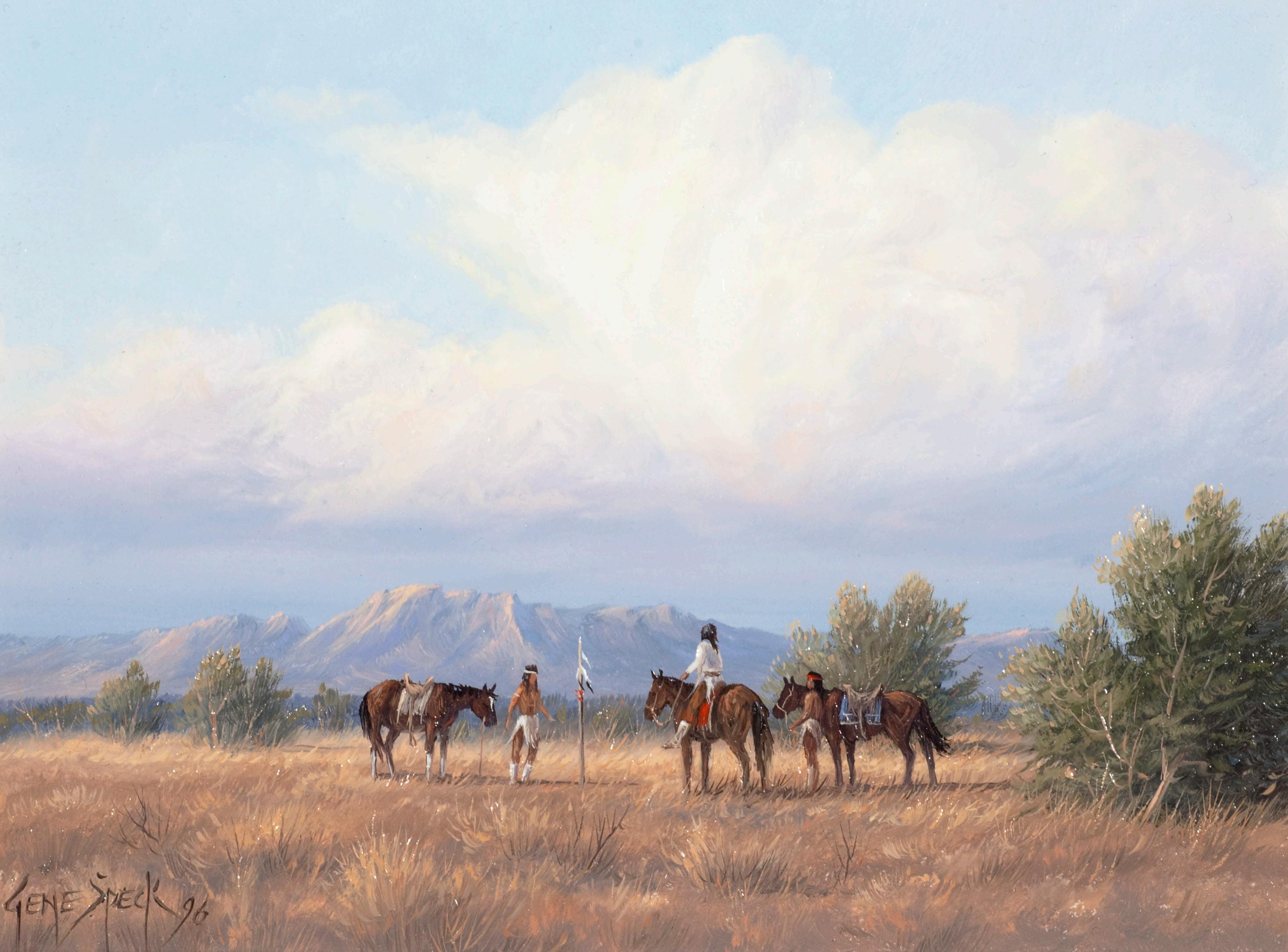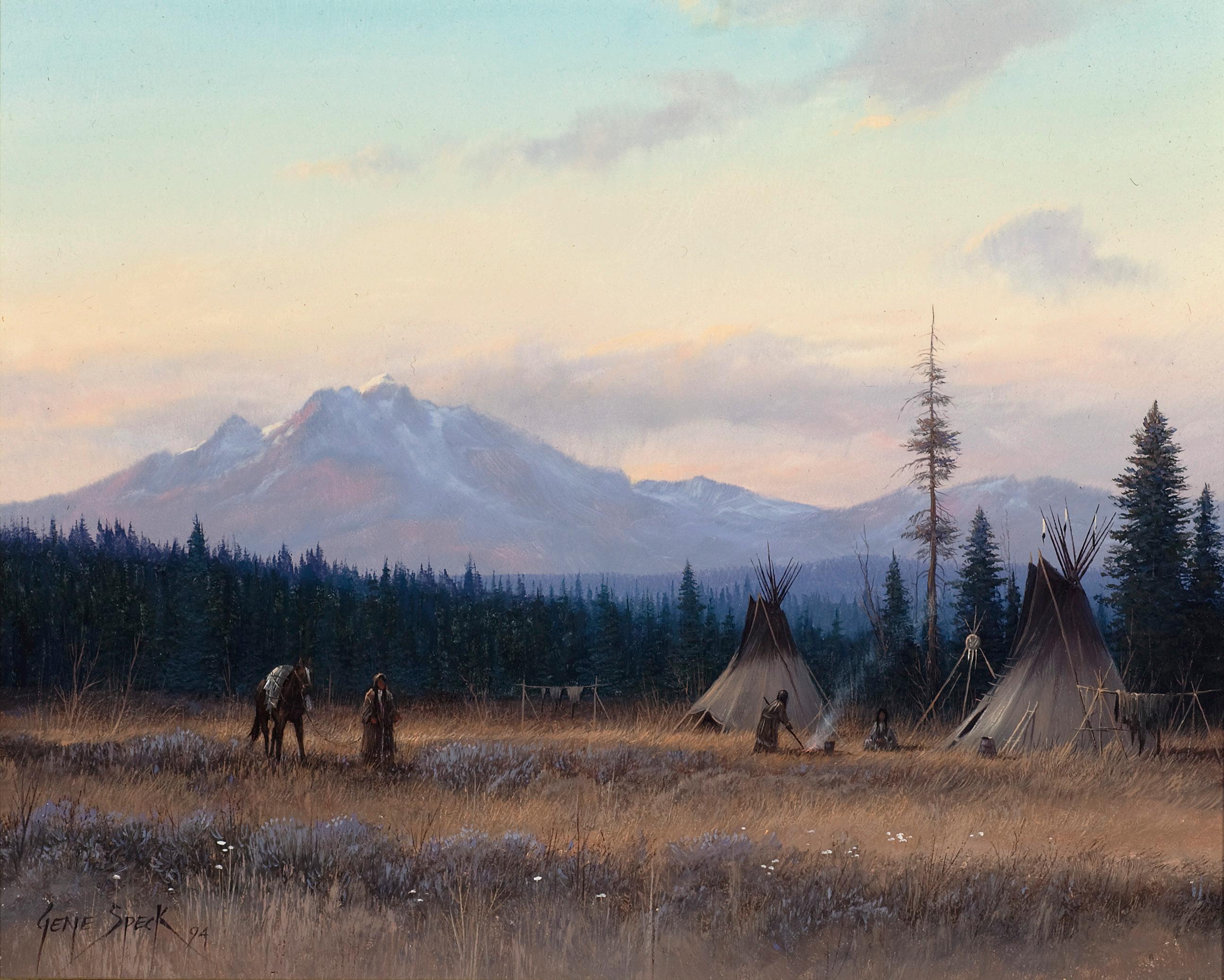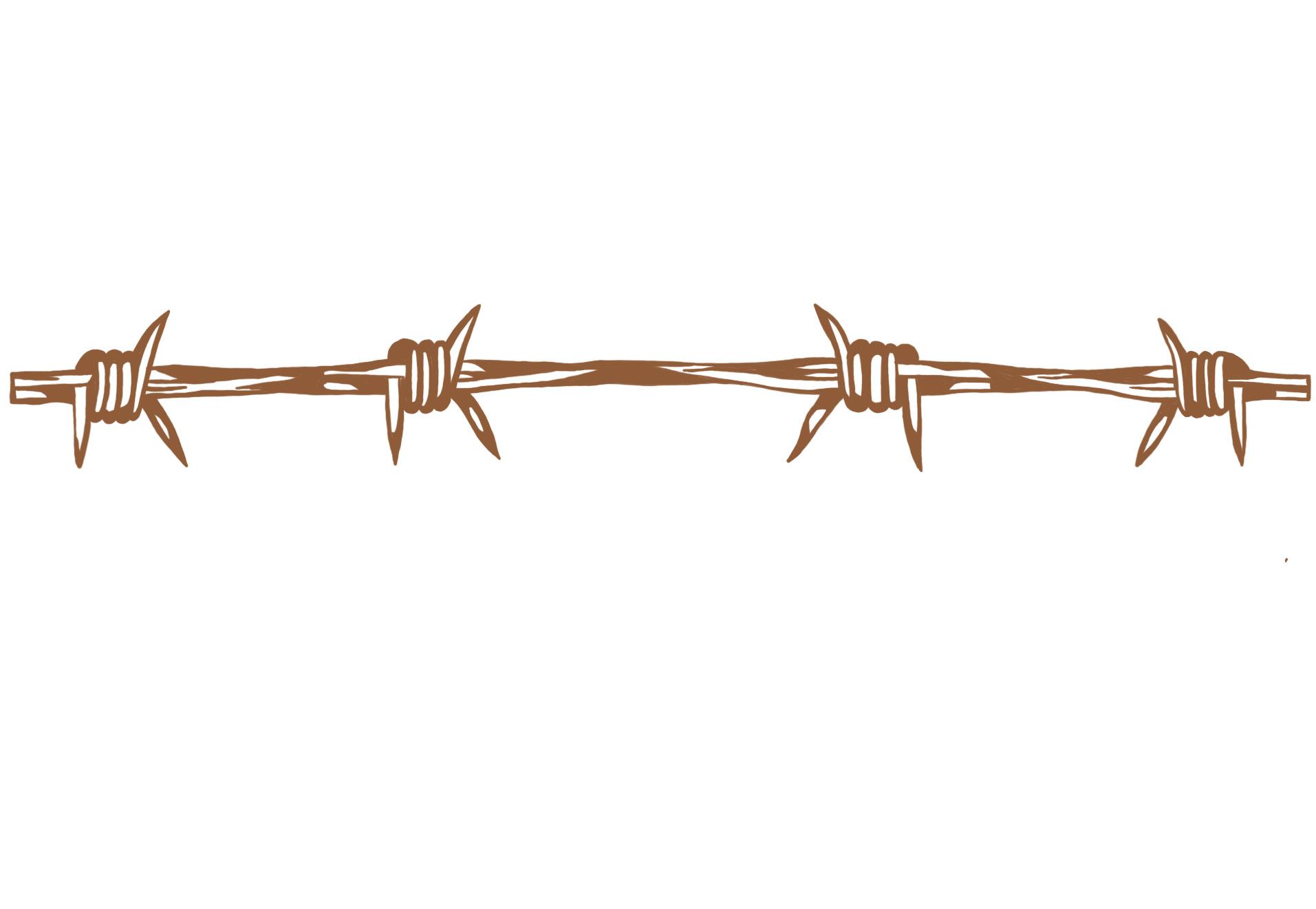
2 minute read
Gene Speck
1936 -0000
Born in South Dakota, Gene Speck’s early childhood was spent on the family farm. A persistent drought that began in the late 1930s eventually led to the loss of the farm and the family’s move to the San Joaquin Valley of California, due east of the San Francisco Bay Area.
As a young man Gene worked a variety of jobs, early on in his father’s bakery, followed by a stint in the military, and later working in construction. In the meantime, his younger brother, Loran, who studied art at the Academy of Arts in San Francisco, was beginning to enjoy some success as an artist specializing in small still lifes in the style of the Dutch Masters. Intrigued by his brother’s success as an artist and in spite of his own lack of formal training, Gene decided to try his hand at art, displaying a few paintings at Bay Area street shows in the early 1970s. His paintings sold, which motivated him to further refine his skills and pursue art full-time. Soon, his paintings began to appear in San Francisco and Carmel galleries and today his paintings can be seen in galleries from coast to coast. Like his brother, Gene’s paintings tend to be small and highly detailed. But rather than still lifes, Gene’s paintings are of beautiful and tranquil Western scenes of Indian encampments, ranches, deserts, and meadows. He prefers to paint with oils on Masonite rather than canvas because the harder surface permits him to work in fine detail that has to be seen with a magnifying glass to be fully appreciated.
From the late 1970s through the first half of the 1980s, Gene and Loran often jointly exhibited their paintings in California’s Coachella Valley, in Palm Springs and Palm Desert.
Inspired by the wide-open spaces of the West and his childhood memories of farm life in South Dakota, in 1976 Speck moved to Nevada and bought a working ranch, where he lives and works today. His ranch continues to be a source of inspiration while providing the solitude he needs to immerse himself in his paintings. Speck says of his paintings he would “rather be there than in the here and now.”
FEEDING TIME Oil on Masonite 1994 8 x 10 inches

SUMMER GRASS Oil on Masonite 1996 8 x 10 inches

WARNING SIGN Oil on Masonite 1996 6 x 8 inches
WESTERN SKIES Oil on Masonite 1994 8 x 10 inches












